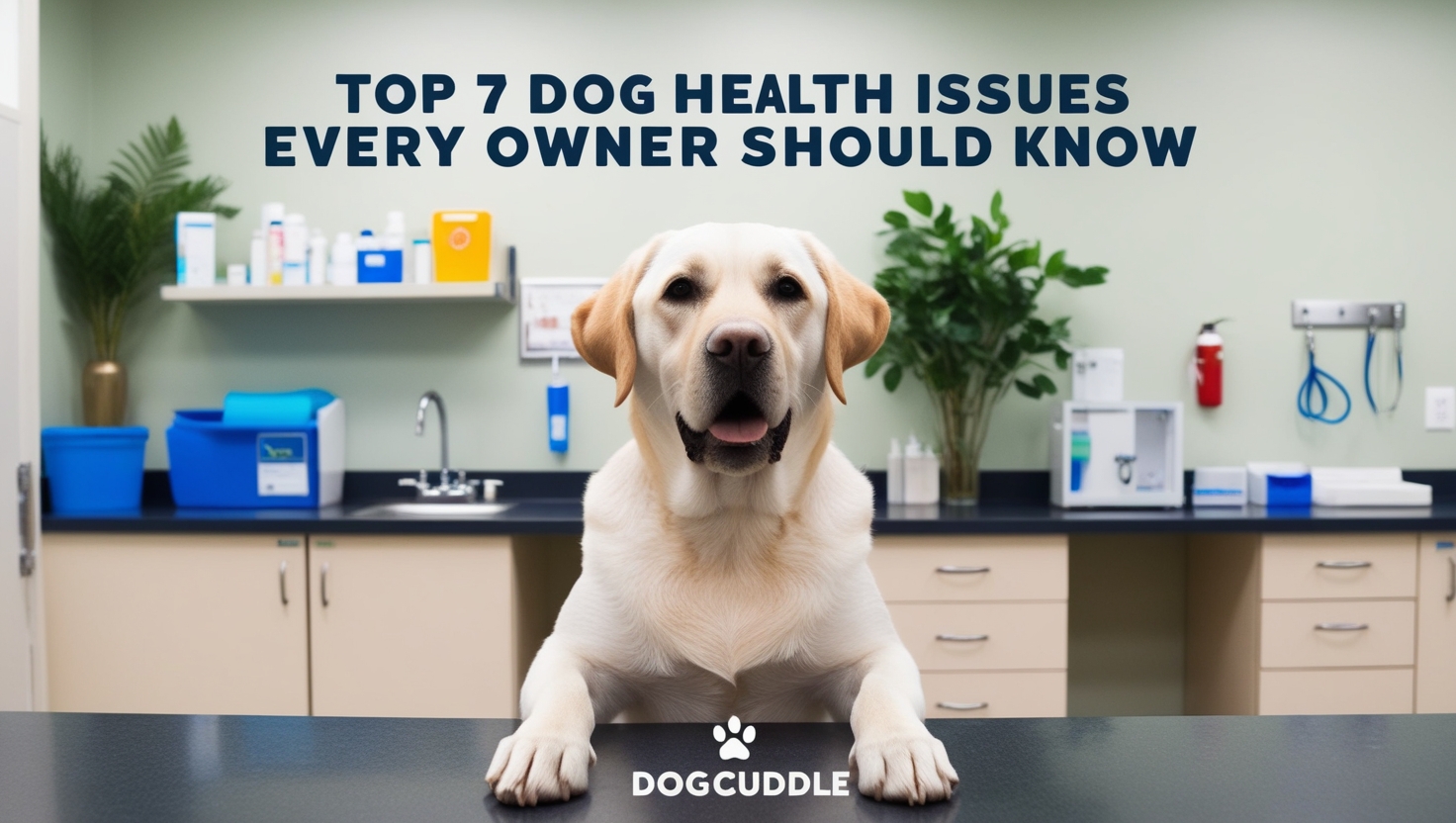Understanding your dog’s emotional state is crucial for their well-being. Just like humans, dogs can experience feelings of unhappiness, stress, or anxiety. Being able to recognize the signs of an unhappy dog can help you address their needs and improve their overall quality of life. Here are ten warning signs to watch for:
1. Change in Appetite
One of the first signs of an unhappy dog can be a noticeable change in their eating habits. If your dog suddenly refuses to eat, skips meals, or shows less enthusiasm for food, it may indicate stress or discomfort. Conversely, some dogs might overeat as a coping mechanism. Keep an eye on these changes and consult your vet if they persist.

2. Excessive Barking or Whining:
While barking and whining are normal forms of communication for dogs, excessive vocalization can be a sign of distress. If your dog is barking more than usual or whining frequently, it may be trying to express its unhappiness or anxiety. Pay attention to the context—what might be triggering this behavior?

3. Withdrawal from Interaction
A happy dog is typically social and enjoys spending time with its family. If your dog suddenly becomes more withdrawn, avoiding playtime or shying away from affection, it could be feeling unhappy. Look for signs that your dog prefers solitude over companionship, which can indicate emotional distress.

4. Destructive Behavior:
If your dog starts exhibiting destructive behaviors—like chewing furniture, digging, or tearing up household items—it might be a sign of boredom or frustration. Dogs that aren’t getting enough physical exercise or mental stimulation may resort to these behaviours as an outlet for pent-up energy.

5. Changes in Sleeping Patterns:
Dogs generally have a consistent sleep schedule. If you notice that your dog is sleeping excessively or having trouble settling down, it could be a sign of unhappiness. A happy dog typically enjoys a balanced sleep routine, while disruptions might indicate underlying stress or anxiety.

6. Increased Aggression
Changes in temperament can be concerning. If your normally friendly dog begins to show signs of aggression, such as growling, snapping, or displaying protective behavior, it may be feeling threatened or unhappy. Aggression can stem from fear, stress, or discomfort, so it’s important to address these changes promptly.

7. Lack of Energy :
A previously energetic dog that suddenly becomes lethargic or disinterested in play may be experiencing unhappiness. Dogs thrive on activity and engagement, so a decline in energy levels can indicate that something is amiss. Observe your dog’s behavior during walks or playtime to see if they seem less enthusiastic.

8. Unexplained Physical Symptoms
Sometimes, emotional distress can manifest physically. Pay attention to signs like excessive scratching, shedding, or changes in grooming habits. If your dog is constantly itching or has a dull coat, it could be a response to stress or an indication of underlying health issues.

9. Avoiding Eye Contact:
Dogs communicate a lot through body language and avoiding eye contact can be a significant signal. If your dog starts to avoid looking at you or others, it may indicate insecurity or unhappiness. Eye contact often signifies trust, so a shift in this behavior is worth noting.

10. Changes in Bathroom Habits:
Sudden changes in bathroom habits—such as urinating or defecating indoors when your dog is normally house-trained—can indicate stress or unhappiness. Factors like changes in routine, environment, or health issues can all contribute to these behaviors.

Conclusion:
Recognizing the signs of an unhappy dog is essential for providing them with a happy and healthy life. If you observe any of these warning signs, it’s important to assess your dog’s environment, routine, and overall health. Simple adjustments, such as increasing exercise, providing mental stimulation, or consulting a veterinarian, can often help improve your dog’s mood. Remember, a happy dog is a healthier dog, and your attentiveness can strengthen the bond between you and your furry companion.







 9 Essential Dog Accessories Every Pet Parent Needs (You’ll Thank Us Later!)
9 Essential Dog Accessories Every Pet Parent Needs (You’ll Thank Us Later!) 



